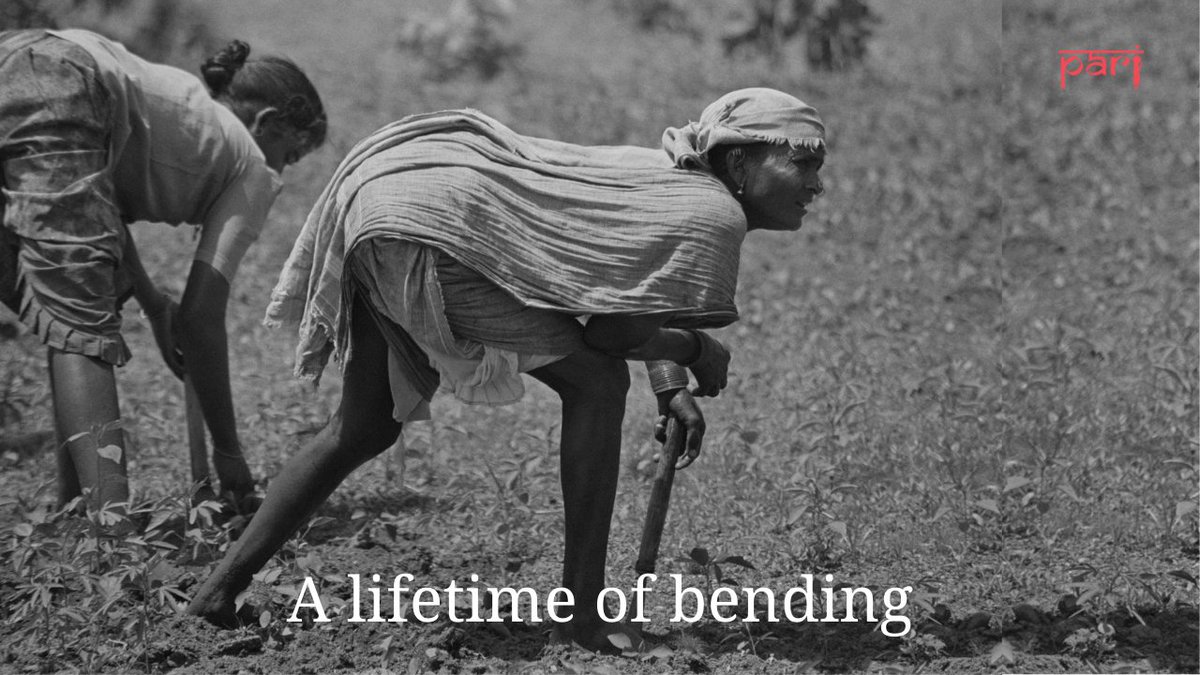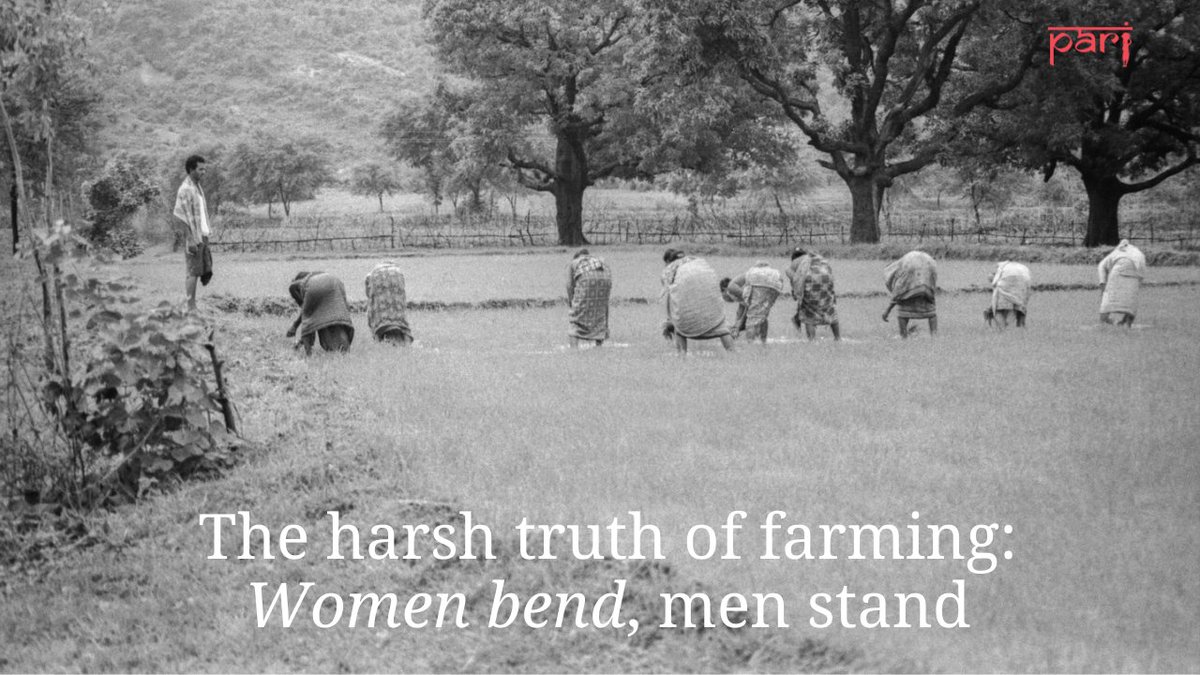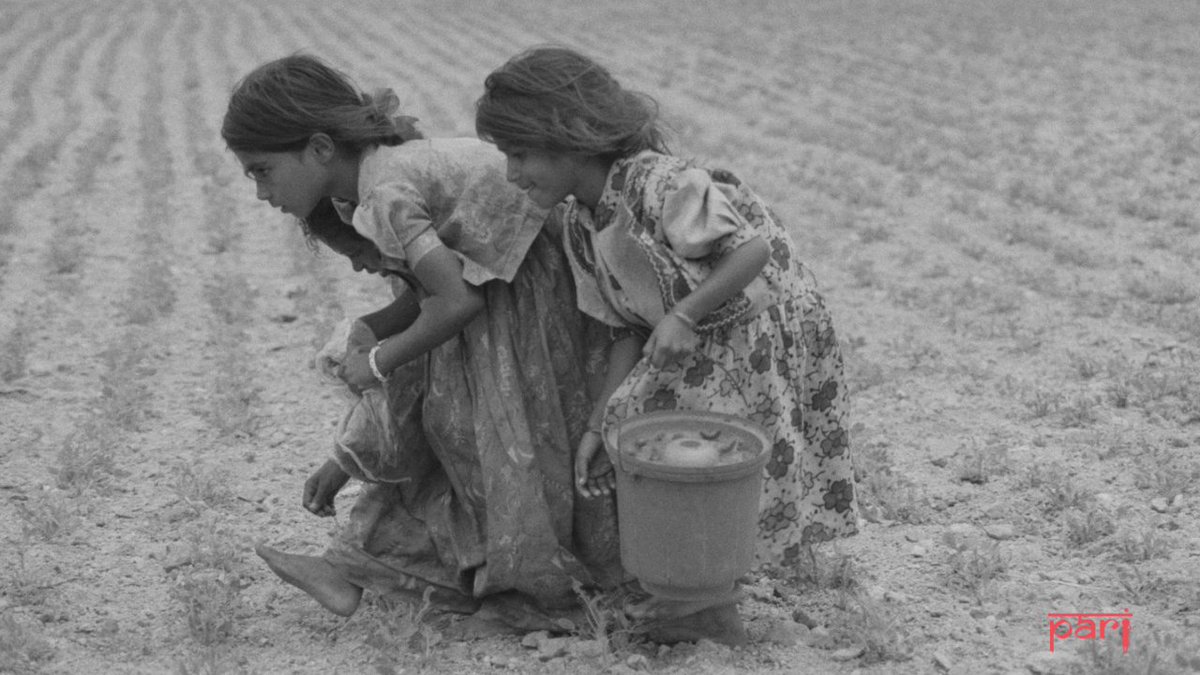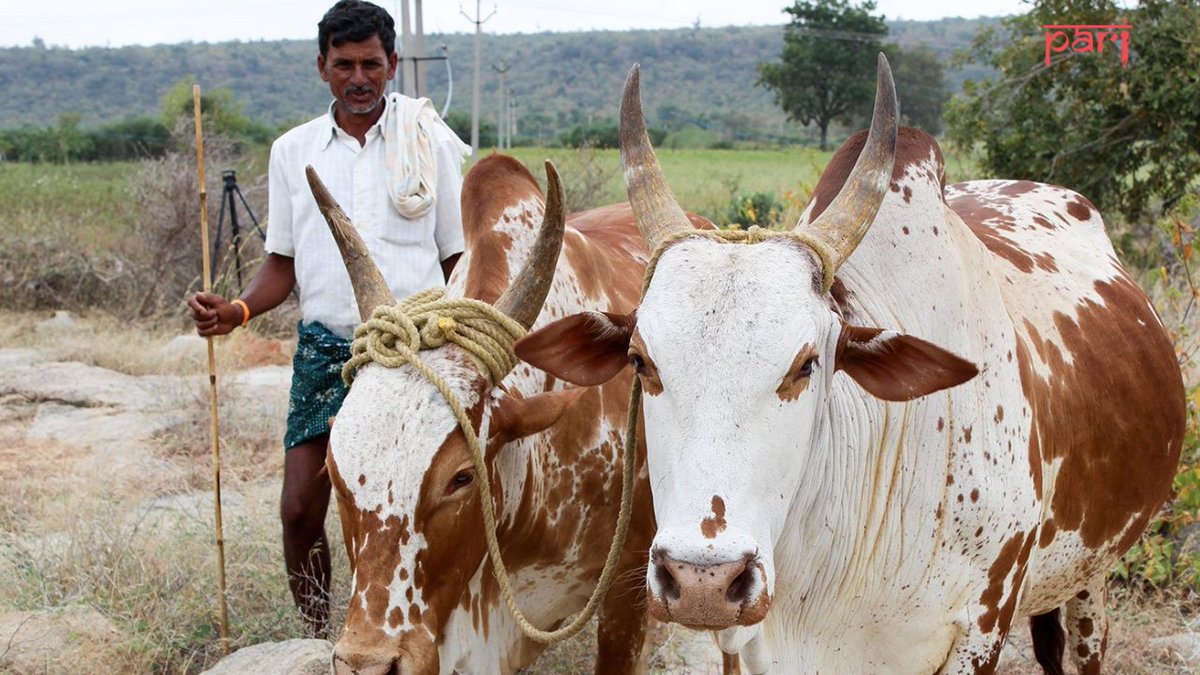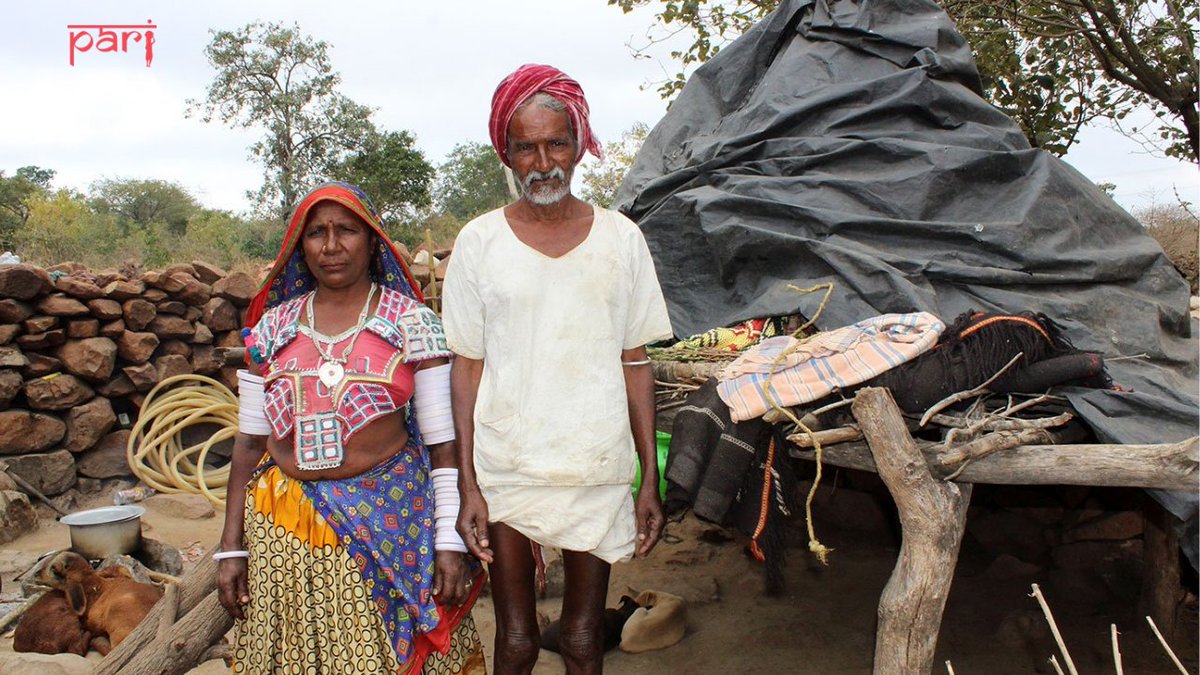
Can't abandon, can't feed, can't sell.
The beef ban in Maharasthra in place since 2015 has had a direct impact on businesses that depend on cattle in Marathwada. The bovine is central to the rural economy and the impact has been debilitating. Watch | ruralindiaonline.org/en/articles/no…
The beef ban in Maharasthra in place since 2015 has had a direct impact on businesses that depend on cattle in Marathwada. The bovine is central to the rural economy and the impact has been debilitating. Watch | ruralindiaonline.org/en/articles/no…
In 2017, @parthpunter found that across Marathwada in 45°C heat, farmers who were already trapped in the agrarian crisis walked many kilometres from market to market, trying desperately to sell their cattle to raise some money – a task made nearly impossible by the beef ban.
The growing water shortage in Marathwada and rising fodder costs have made it more difficult to maintain livestock. Added to this is a lack of cow shelters. When the beef ban was imposed, also promised were shelters where farmers could donate their cattle...
...instead of being forced to bear the costs of maintaining animals that could no longer work on their farms. The shelters haven't materialized - now farmers cannot raise money by selling their livestock and are stuck with the animals even after they become unproductive.
“How can we maintain our old livestock when we cannot even properly provide for our children? We spend 1,000 rupees per week on each animal's water and fodder.” says Appasaheb Kothule of Devgaon
Many others across the rural economic spectrum have been hit by this one amendment in the law – the beef ban. Dalit leather workers, transporters, meat traders, those who make medicines from bones, have all been hit hard.
Farmers try everything possible to seal a deal. Janardan Geete is getting the horns of his bullocks sharpened to make them more attractive. Bhandas Jadhav charged him ₹ 200/cattle. “I had bought them for ₹ 65,000. I'll settle for ₹ 40,000.” | 📹by @parthpunter c June 2017
Not quite a cash cow | The butchers have seen their income crash due to the beef ban. Full story: ruralindiaonline.org/en/articles/no… by @parthpunter
People from all communities have been affected - be it Hindus, Dalits, Muslims as it is a relatively cheap source of protein.
“Replacing beef with chicken or mutton means spending thrice the amount,” says Qaleem Qureshi, who owns a beef shop in Aurangabad's Sillakhana.
“Replacing beef with chicken or mutton means spending thrice the amount,” says Qaleem Qureshi, who owns a beef shop in Aurangabad's Sillakhana.
• • •
Missing some Tweet in this thread? You can try to
force a refresh







